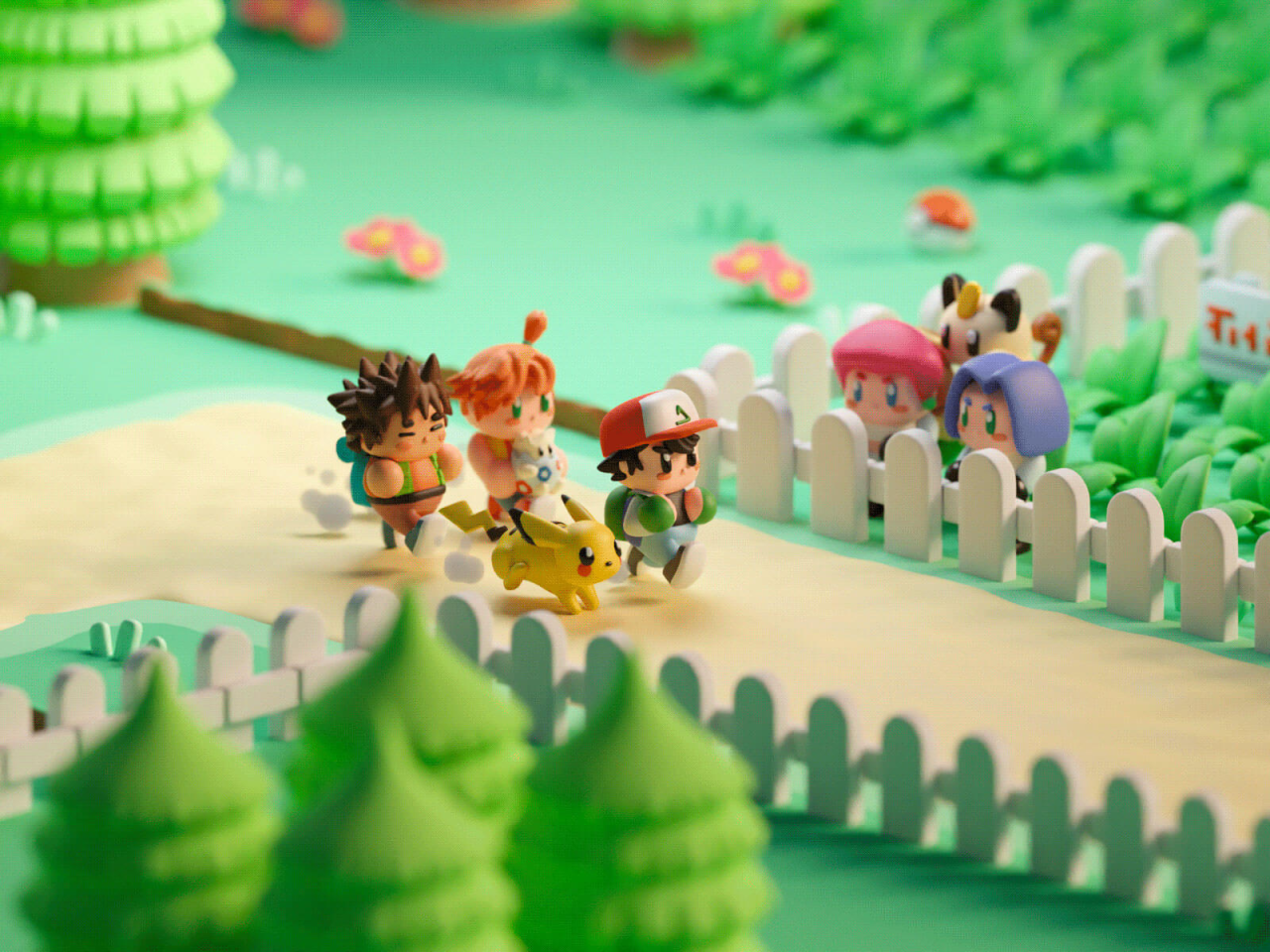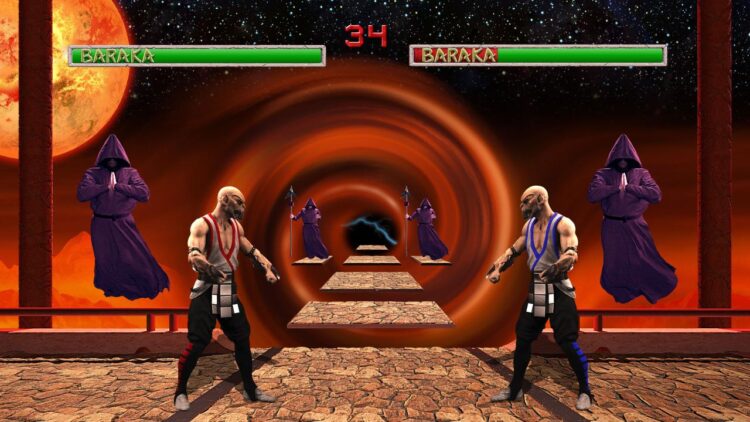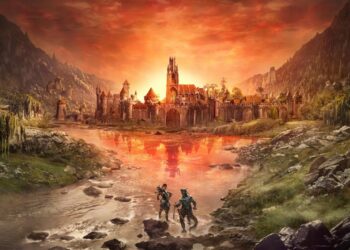In the sprawling, ever-advancing landscape of digital entertainment, a curious phenomenon has taken root and grown into a dominant force. Flick through any digital storefront in late 2025, and you will be met with a sea of familiar names attached to stunning new visuals: Resident Evil, Final Fantasy, Dead Space, and the much-anticipated Metal Gear Solid Delta. These are not sequels, nor are they simple re-releases. They are remakes—complete, ground-up reconstructions of classic video games—and they are not just a trend; they are the new titans of the industry.
For years, this practice was met with cynicism, often dismissed as a creatively bankrupt cash grab fueled by nostalgia. Yet, the consistent critical acclaim, ravenous fan reception, and staggering commercial success of these projects tell a different story. The remake revolution is here, commanding the attention of millions and shaping the development pipelines of the world’s biggest studios. But why now? What has propelled these ghosts of gaming’s past to the forefront of its future?
This is not a simple story of nostalgia. It is a complex convergence of powerful psychological drivers, savvy economic strategies, and incredible technological leaps. This article will dissect the intricate machinery behind the remake phenomenon. We will define what truly separates a remake from a lazy remaster, explore the deep-seated psychological appeal of reliving our digital past, analyze the undeniable business case for their creation, and define the alchemical formula that transforms a beloved memory into a modern masterpiece.
Defining the Terms: Remake vs. Remaster vs. Reboot
Before delving into the “why,” it is essential to establish a clear vocabulary. The terms used to describe the revival of old games are often used interchangeably, but they represent fundamentally different approaches to development.
A. The Remaster: Think of a remaster as the high-definition restoration of a classic film. It is the original game, running on the same core code and engine, but given a fresh coat of paint for modern hardware. The primary goal is preservation and accessibility.
- Characteristics: Increased resolution (e.g., from 720p to 4K), improved frame rates (from 30fps to 60fps), enhanced textures, and bundling of all previously released downloadable content (DLC). The core gameplay, story, and mechanics remain identical to the original.
- Prime Example: Dark Souls: Remastered. It is the same unforgiving experience, but it looks cleaner and runs smoother on modern consoles.
B. The Remake: A remake, the focus of our discussion, is a far more ambitious undertaking. It involves rebuilding the game entirely from the ground up on a new, modern game engine.
- Characteristics: All-new assets (character models, environments, textures), updated control schemes, and modernized gameplay mechanics. While it follows the narrative and structural blueprint of the original, it often expands upon it, adding new content, dialogue, or even altering story beats to improve pacing and character development.
- Prime Example: The Dead Space (2023) remake. It is a faithful recreation of the original’s terrifying atmosphere and story, but it was built in the Frostbite engine and introduced a speaking protagonist and new side-quests, fundamentally modernizing the experience.
C. The Reboot: A reboot takes the core concepts and intellectual property (IP) of a franchise and completely reimagines it for a new era. It is not an attempt to recreate a specific game but to restart a series.
- Characteristics: Often features a new origin story, a different timeline, redesigned characters, and a complete overhaul of the established lore and gameplay loop.
- Prime Example: Tomb Raider (2013). It took the iconic character of Lara Croft but jettisoned the old continuity to tell a gritty, modern origin story that redefined the franchise for a new generation.
The Power of Nostalgia: The Psychological Engine

The most immediate explanation for the success of remakes is nostalgia, but this emotion is a far more potent and complex force than simple recollection.
For millions of gamers, the titles of the PlayStation, Nintendo 64, and PlayStation 2 eras were not just pastimes; they were formative cultural experiences. These games were the shared language of a generation, the digital campfires around which friendships were forged. A remake does not just tap into a memory; it taps into an identity. The familiar opening chords of the Final Fantasy VII theme or the chilling “SNAAAKE!” exclamation from Metal Gear Solid can trigger a profound emotional response, a powerful yearning for a simpler time.
This phenomenon is amplified by demographics. The children who first fell in love with these games in the 1990s and early 2000s are now adults in their 30s and 40s. This is a key consumer demographic with significant disposable income and a desire to reconnect with the joys of their youth. A remake offers the perfect proposition: the comfort of the familiar combined with the excitement and quality of a brand-new, premium experience. It allows them to share a piece of their history with a new generation—their own children—without the barrier of archaic graphics and frustratingly clunky controls.
The Business Case: Why Studios Love Remakes
While nostalgia powers the demand, cold, hard economics drives the supply. For a modern AAA game studio, developing a new intellectual property is one of the riskiest and most expensive ventures in all of entertainment. A remake, by contrast, is a beautifully de-risked proposition.
A. A Built-In Audience and Proven Concept: A new IP is a complete unknown. A studio can spend $200 million and five years developing a game that might completely fail to find an audience. A remake of Resident Evil 4, however, comes with a guaranteed, built-in audience of millions who already love the original. The concept, story, and characters are already proven winners. The marketing campaign begins with a massive head start, leveraging decades of brand recognition.
B. The “Director’s Cut” Opportunity: Game development is a process of compromise, often constrained by technology, budgets, and deadlines. A remake offers developers a rare second chance to achieve their original vision. They can fix lingering bugs, address old criticisms, flesh out underdeveloped plot points, and implement gameplay ideas that were impossible on older hardware. The expanded story of Midgar in Final Fantasy VII Remake is a prime example of turning a 5-hour segment of the original into a 30-hour, deeply immersive experience, realizing a potential that was previously only hinted at.
C. Onboarding a New Generation: Legendary games are the foundation upon which franchises are built. However, asking a 16-year-old gamer in 2025 to play the original blocky, tank-controlled Metal Gear Solid from 1998 is a tall order. A stunning remake like Metal Gear Solid Delta serves as a perfect onboarding ramp, introducing the foundational story of Big Boss to a new audience with the visual fidelity and gameplay mechanics they expect from a modern title. This keeps the IP healthy, relevant, and profitable for years to come.
The Alchemist’s Formula: What Makes a Great Remake?
Not all remakes are created equal. For every universally praised masterpiece, there is a cautionary tale that failed to capture the magic of the original. The most successful projects follow a delicate formula, balancing reverence for the past with the innovations of the present.
A. Respecting the Core Identity: The “soul” of the original game—its atmosphere, tone, and central themes—must be preserved at all costs. The Demon’s Souls remake is a masterclass in this, perfectly recreating the oppressive, melancholic atmosphere of the original while giving it a breathtaking visual overhaul. It feels like the original, just as you remember it through rose-tinted glasses.
B. Modernizing Thoughtfully: A great remake must identify and fix the elements that have aged poorly, primarily the controls and quality-of-life features. The Resident Evil 4 remake brilliantly updated the clunky “stop-and-pop” shooting of the original with fluid, modern third-person shooter mechanics, including the ability to move while aiming and a strategic knife-parry system. This makes the game play how you remember it feeling—empowering and exciting—rather than how it actually was.
C. Expanding, Not Erasing: The best remakes enrich the original experience with new content that feels additive, not contradictory. This could be new story sections that flesh out side characters, new areas to explore, or new enemy types that add variety. The cardinal sin of a remake is cutting significant content that was present in the original, which is often seen as a betrayal by long-time fans.
The Horizon: The Future of the Remake Revolution

As of late 2025, the remake pipeline is stronger than ever. The massive success of Final Fantasy VII Rebirth and the overwhelming hype surrounding Konami’s Metal Gear Solid Delta: Snake Eater have solidified this development model as a permanent pillar of the AAA industry.
Looking ahead, the speculation among fans runs wild, targeting the “holy grails” of gaming’s past. The demand for a full remake of Nintendo’s The Legend of Zelda: Ocarina of Time in a modern engine is a constant roar in the background of the industry. Similarly, the calls for a Bloodborne remake or remaster for the PC and PlayStation 6, unlocking its gothic beauty at higher frame rates, are deafening. Classics like Chrono Trigger and Xenogears are also at the top of many wish lists, representing a vast, untapped well of potential.
Conclusion
The domination of classic game remakes is a far more complex phenomenon than a simple, cynical nostalgia trip. It is a powerful confluence of emotional resonance meeting sound business strategy, enabled by technology that can finally realize the ambition of past masterpieces.
When executed with passion and respect, a remake transcends being a mere product. It becomes a form of digital restoration, an act of cultural preservation that honors the past while building an accessible bridge for the future. It allows us to not only relive our cherished memories but to experience them as we always imagined them to be: bigger, deeper, and more spectacular than ever before. In doing so, they prove that a truly great story, no matter how old, never really fades away.












